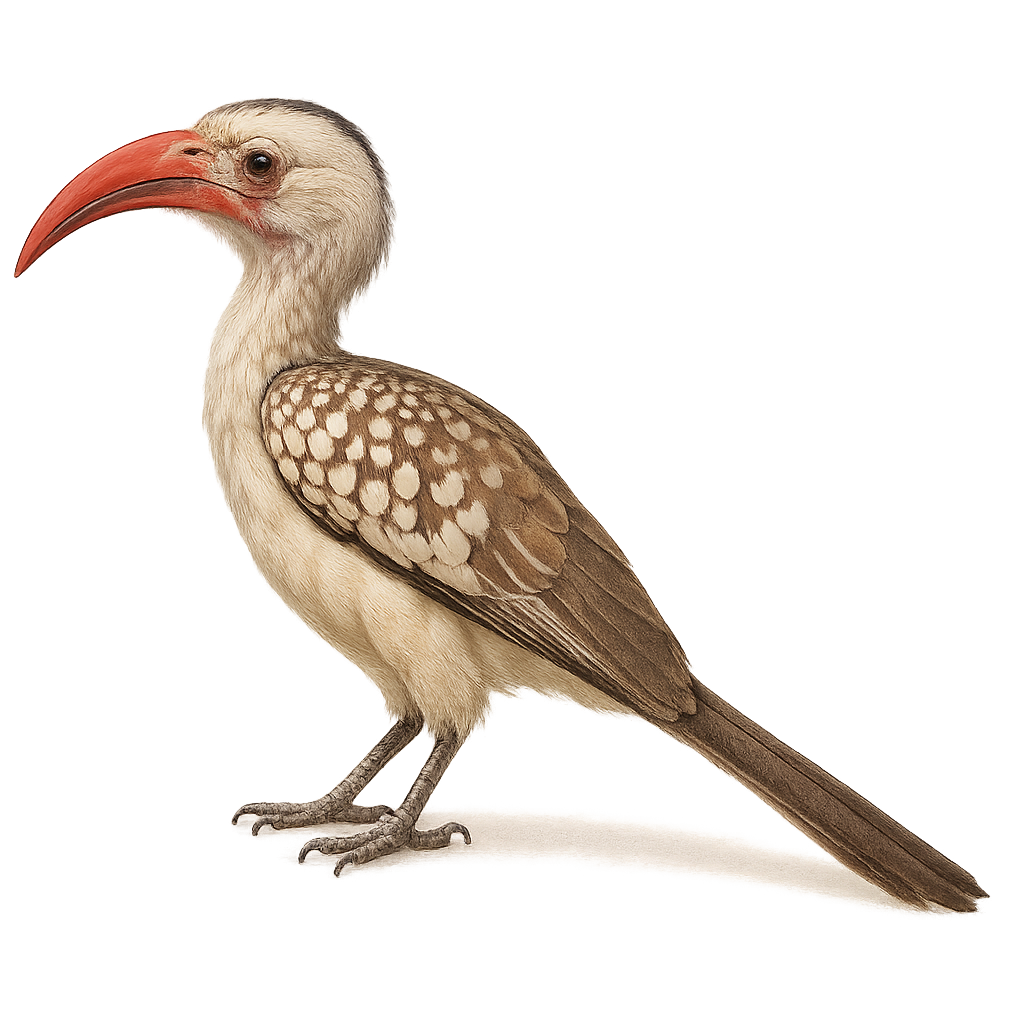Your wildlife photography guide.
Explore the damara red-billed hornbill in detail, study its behavior, prepare your shots.
Where to observe and photograph the damara red-billed hornbill in the wild
Learn where and when to spot the damara red-billed hornbill in the wild, how to identify the species based on distinctive features, and what natural environments it inhabits. The WildlifePhotographer app offers tailored photography tips that reflect the damara red-billed hornbill’s behavior, helping you capture better wildlife images. Explore the full species profile for key information including description, habitat, active periods, and approach techniques.
Damara Red-billed Hornbill
Scientific name: Tockus damarensis

IUCN Status: Least Concern
Family: BUCEROTIDAE
Group: Birds
Sensitivity to human approach: Suspicious
Minimum approach distance: 10 m
Courtship display: March to April
Incubation: 23-25 jours
Hatchings: March to May
Habitat:
savannas, wooded areas, arid regions
Activity period :
Primarily active during the day, with peak activity in the morning and late afternoon.
Identification and description:
The Damara Red-billed Hornbill is a fascinating bird, easily recognizable by its large bill and contrasting coloration. It sports primarily black and white plumage, with shades of gray on the wings. This bird is endemic to the arid regions of southwestern Africa, particularly in Namibia and Angola. It is often seen in small groups, exploring savannas and wooded areas in search of food. Its diet is varied, including insects, fruits, and occasionally small vertebrates. The Damara Red-billed Hornbill is also known for its complex social behaviors, especially during the breeding season when pairs are particularly attentive to each other.
Recommended lens:
400mm – adjust based on distance, desired framing (portrait or habitat), and approach conditions.
Photography tips:
To photograph the Damara Red-billed Hornbill, it is advisable to use a telephoto lens of at least 400mm to capture detailed images without disturbing the bird. Aim to shoot early in the morning or late in the afternoon when the light is soft, highlighting the contrasts in its plumage. Be patient and discreet, as this bird can be suspicious. Observing its social behaviors can provide unique photo opportunities.
The WildlifePhotographer App is coming soon!
Be the first to explore the best nature spots, track rutting seasons, log your observations, and observe more wildlife.
Already 1 432 wildlife lovers subscribed worldwide

